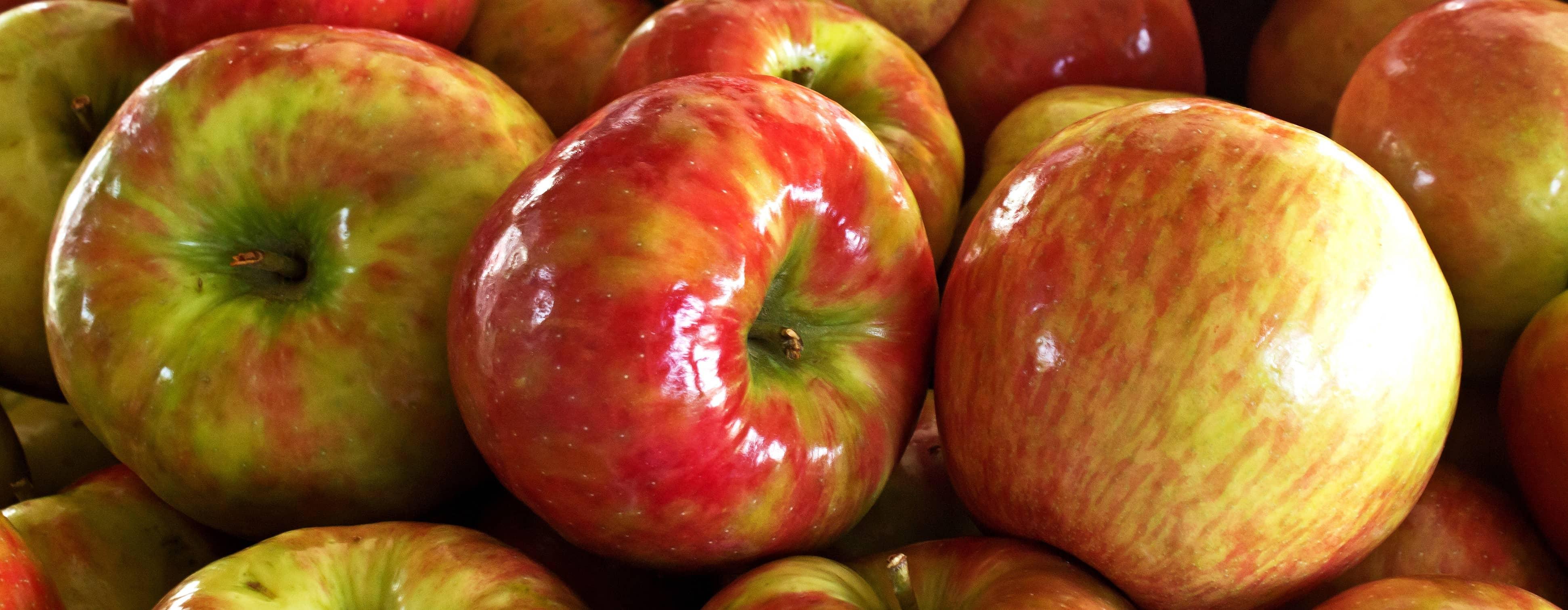How Apple Trees Preserve & Honor Cherokee Culture


Before reading this blog, you need to know a few apple facts.
First, I’m talking about the popular crisp fruit, not the tech company.
And here are some apple stats from the USDA:
Here’s where North Carolina fits into the story.
The Cherokee people who lived in the southern Appalachians crossbred and developed several apple varieties. In fact, Cherokee farmers quickly adopted domestic fruit cultivation once it became clear that apples could be cultivated as a crop.
Apple breeding and cultivation were very common around Noquisiyi (or Nikwasi), a large Cherokee village near what is now the town of Franklin, North Carolina. You can still find ceremonial and burial mounds that were part of the village there. Historians credit the Cherokee with being the first Indigenous people to develop an agricultural census, a record of who is planting, what is planted, where the plants came from and the planting conditions.
Tragically, in 1838 the United States government forced more than 16,000 Cherokee people to leave their native lands in North Carolina, South Carolina, Tennessee, Georgia and Alabama. Their journey to Oklahoma, the designated area for their relocation, was brutal and deadly and came to be known as the Trail of Tears because so many Cherokee died along the way.
Settlers occupied Cherokee homelands, and the Cherokee apple orchards around Noquisiyi were lost. Fortunately, Silas McDowell, a noted horticulturist at the time, saved nine apple varieties of Cherokee origin: the Cullasaga, Nickajack, Alarakee, Equinetely, Cullashee, Junaluska, Watauga, Tillequah and Chestooah.
Three of those varieties—the Junaluska, Cullasaga and Nickajack—are grown in the Southern Heritage Apple Orchard as part of the Horne Creek Living Historical Farm in Pinnacle, a North Carolina State Historic Site. The Junaluska apple derives its name from Chief Junaluska, a Cherokee chief who lived in the area.
Now, apple trees grafted from the heirloom trees grown at the Southern Heritage Apple Orchard will be restored to the chief’s famed orchard. They’ll be planted in the Barbra McRae Cherokee Heritage Apple Trail.
The apple trail will sit along the Little Tennessee River near Franklin. Kiosks in the area will share more of the Cherokee’s history. It’s all part of the Nikwasi Initiative, which was established in 2016 to protect, promote, interpret and link Cherokee cultural and historic sites.
“We are very excited about this project,” said Lisa Turney, the site manager at the Horne Creek Living Historical Farm. “Cherokee farmers were successful orchardists, and it is very gratifying for our orchard to have a connection to this project and aid in the restoration of an important aspect of Cherokee culture.”
To learn how researchers at Western Carolina University are working to preserve the Cherokee language and culture, watch this Sci NC story.
By 2000 BC, the Cherokee people, their culture and their language had spread throughout the North Carolina Mountains. But time, and the expanding new nation took its toll. The Cherokee were displaced, their language in North Carolina was almost lost to history. But now researchers at Western Carolina University are working with the Eastern Band of Cherokee of study, preserve and grow the language once again.